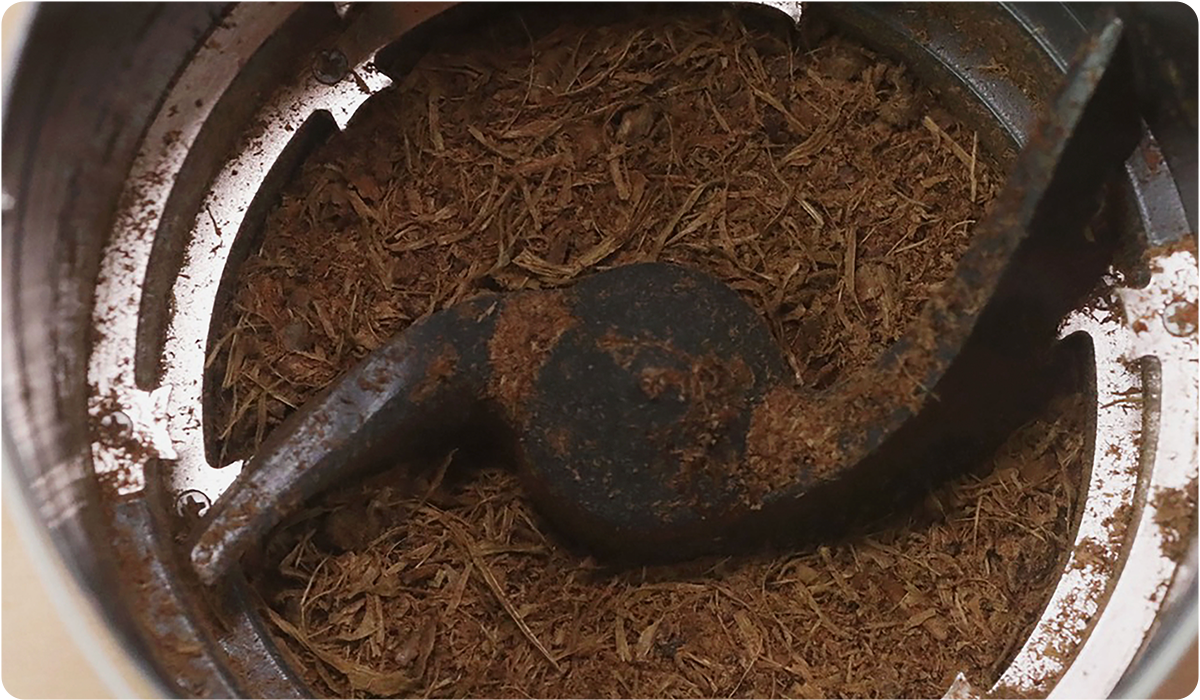Key Takeaways
If you’re just here for the highlights, here’s what you’ll learn from this blog:
- What is food waste recycling and how to get started
- The meaning of ‘closing the loop’ and how a circular food system is sustainable to your lifestyle
- Pros and cons of different food waste recycling methods
- Tailored solutions for urban, suburban, and condo living
Introduction
Reducing food waste is one of the most impactful actions homeowners can take to support the environment and nourish their gardens. In this blog, we’ll explore effective ways to recycle food waste at home, not just through composting, but by turning scraps into nutrient-rich soil amendments. From understanding what food waste recycling means, to discovering the benefits of solutions like the FoodCycler, we’ll help you make sense of your options and find the method that best fits your lifestyle. Whether you’re an experienced gardener or just getting started, you’ll learn how to turn your kitchen waste into something useful and sustainable.
What Is Food Waste Recycling?
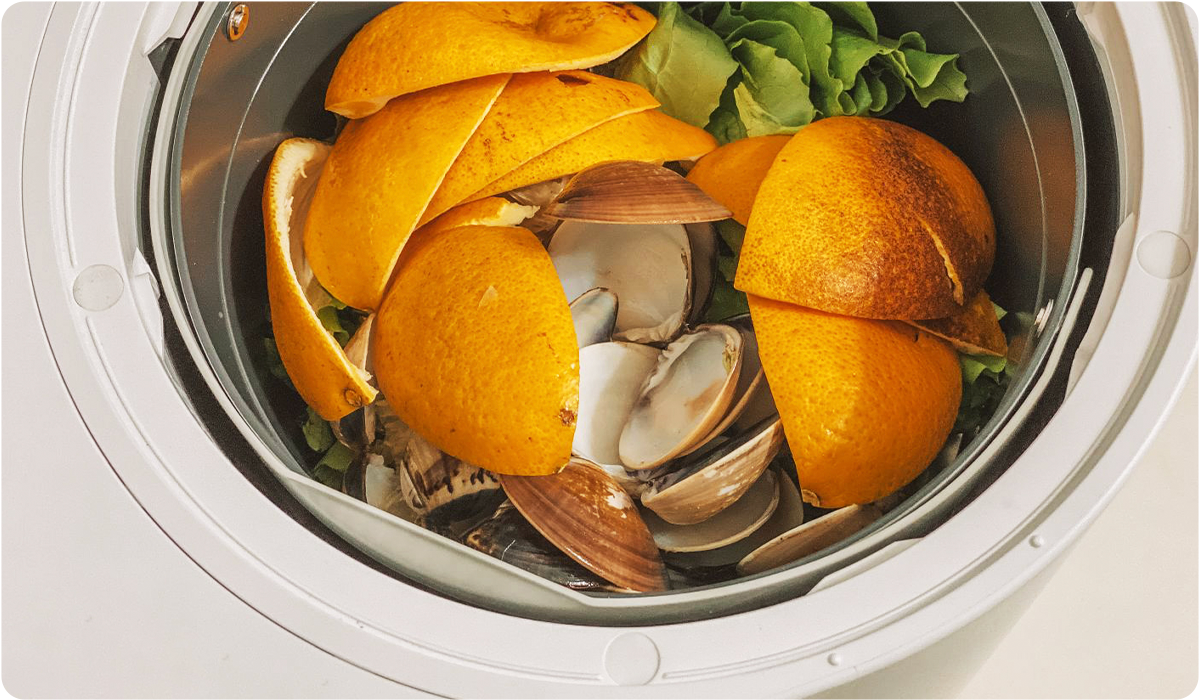
Food waste recycling is the process of turning leftover food scraps and kitchen waste into a valuable resource, like a nutrient-rich soil amendment, instead of sending those scraps to the landfill. Whether it’s peels, coffee grounds, or leftover pasta, these scraps can be transformed into something that supports soil health and reduces environmental impact.
There are a few ways to recycle food waste: some methods involve dehydrating and grinding it (as with machines like the FoodCycler), while others rely on natural decomposition, like traditional composting. The main difference? Food waste recycling focuses on creating soil-friendly material, not just breaking scraps down. The goal is healthier soil, less waste, and a more sustainable system.
Whether through composting or appliances, food scraps recycling offers a practical way to keep organic waste out of landfills and put it to good use in your garden.
Why Recycle Food Waste?

Recycling food waste isn’t just about taking out less trash. There are a few reasons why this is a good habit to incorporate into your life. Recycling food waste helps:
-
Lower methane emissions caused by food buried in landfills.
-
Support a circular food system: grow > consume > recycle > grow again
-
Transform “waste” into a beneficial material for your soil and garden
-
Align with sustainable habits at home and in your community
When food ends up in the landfill, it breaks down without oxygen, which creates methane, a potent greenhouse gas. By keeping scraps out of landfills, you help reduce those emissions and give your waste a second life. Plus, the by-product can help nourish your garden, houseplants, or lawn, depending on the method you choose.
Food Waste Recycling Options for Condo Residents
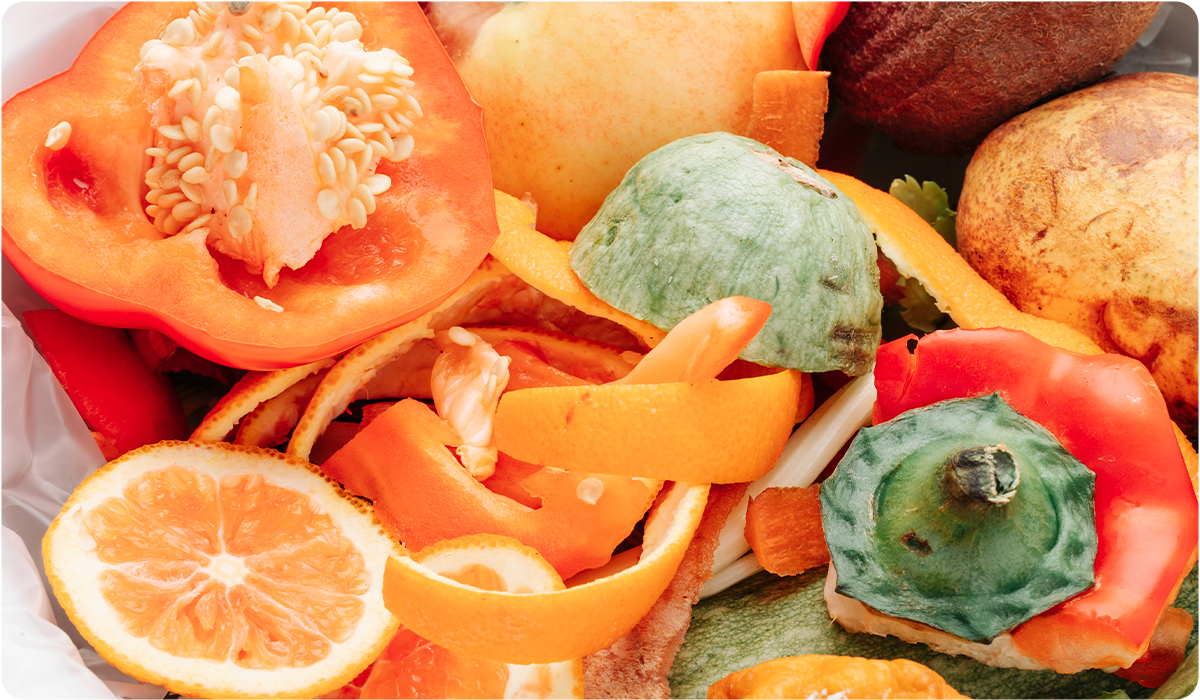
Living in a condo or apartment doesn’t mean you’re out of luck when it comes to food waste recycling. While you may not have a backyard or much storage space, there are still ways to make it work:
- Try a countertop compost bin or join a local worm composting group (vermicomposting)
- Ask your building if there’s a municipal or private green bin (organics) program
- Look into city food waste pickup or drop-off services
- Freeze food scraps until pickup day to reduce smells
- Use an indoor food waste recycler like the FoodCycler for a compact, odor-free solution
A bit of planning makes it easy to stay clean and sustainable even in tight quarters.
Food Waste Recycling in Urban Areas Without Bin Programs
Urban living can have some challenges when it comes to handling and disposing of waste and organics. Often it means no curbside organics pickup, no composting, limited space and concerns about pests. But even without a green bin program, there are practical alternatives to tackle food waste from within your home and neighborhood:
-
Community composting sites or neighborhood drop-off locations
-
Local pickup services or food waste subscriptions
-
Indoor bokashi fermentation or sealed compost systems
Many of these options are easy to access and doing a bit of research - whether through your HOA, building, municipality, local organizations, or community groups - can help you find the solution that best fits your space and lifestyle. No balcony? No problem. The right setup can keep your food waste out of the garbage and out of the landfill.
Best Methods to Recycle Food Waste at Home
There’s no one-size-fits-all approach to kitchen waste recycling. Depending on your space, time, and preferences, here are a few great options:
-
Food waste recyclers: Devices like the FoodCycler, grind and dry your scraps into a ready-to-use soil amendment.
-
Municipal Drop-Off Programs: Some cities have compost or organics collection sites or accept food scraps at community gardens.
-
Private Pickup Services: In some areas, local startups will pick up your food waste for you.
-
Traditional or Worm Composting: A classic for those with space, time, and patience.
Whichever method fits your life you’ll be making a positive impact. Bonus if you share what you’re doing and show your community how easy it is!
Pros of Using Soil Amendments from Recycled Food Waste
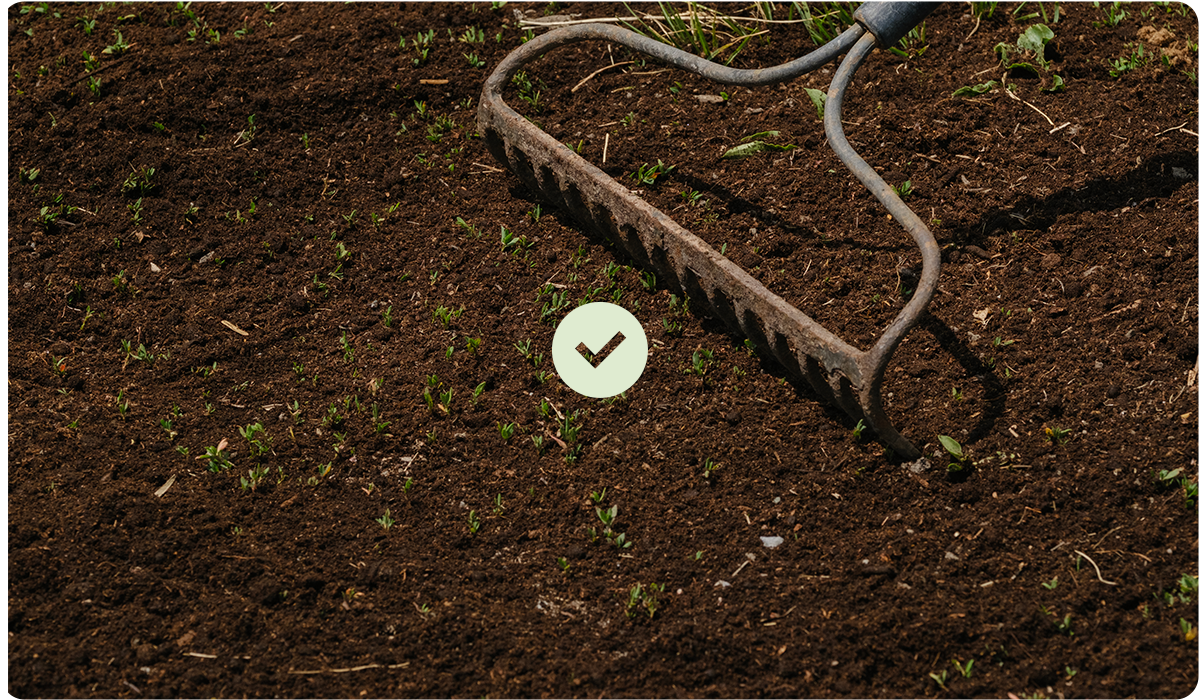
Repurposing the soil amendment from recycle food has some great benefits:
-
It naturally enriches your soil without the need for synthetic inputs
-
It reduces your household trash output
-
It’s easy to store and apply, especially if you’re using a dry by-product like what the FoodCycler produces
-
It can be used in garden beds, pots, or even lawns
By giving your scraps a second life, you’re not only helping your plants but also reducing your environmental impact.
Cons of Traditional Food Waste Recycling Methods
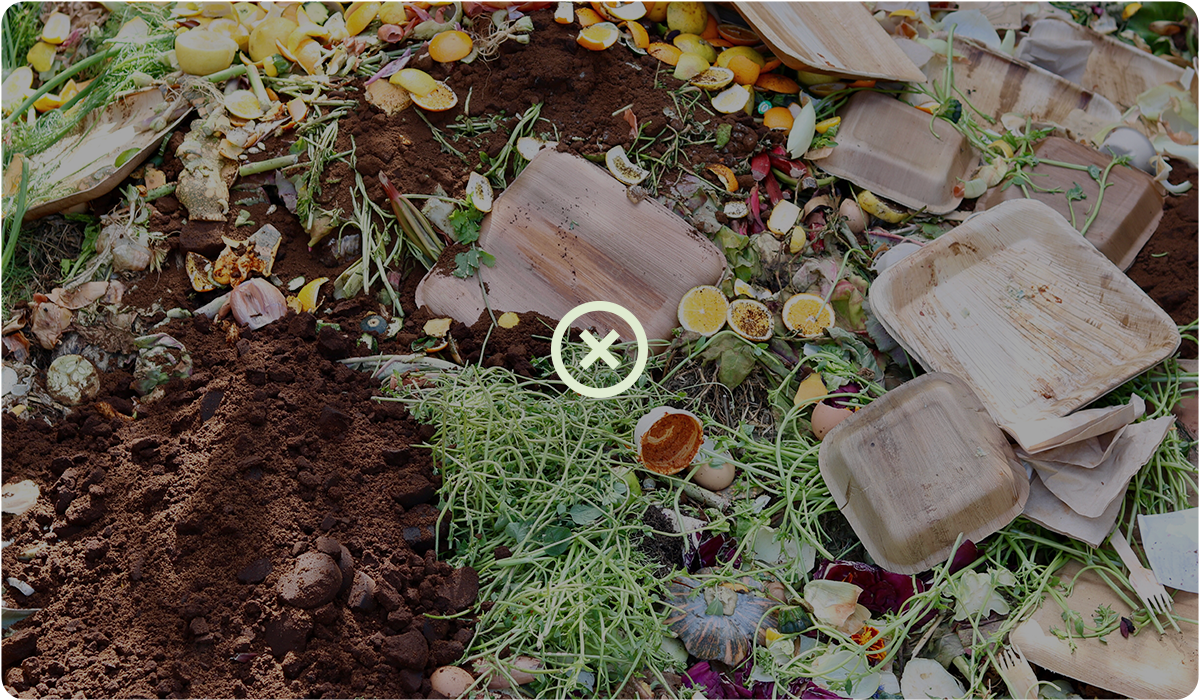
Traditional food waste disposal methods, such as composting, has its benefits but also a few downsides and not for everyone:
-
If not managed well, it can smell or attract pests
-
It takes time sometimes weeks or even months to break down fully
-
It usually requires outdoor space, which not everyone has
For people living in small homes or condos, or those wanting a more hands-off method, alternatives like indoor food waste recyclers may be a better fit.
What Is the Difference Between a Soil Amendment and Fertilizer?
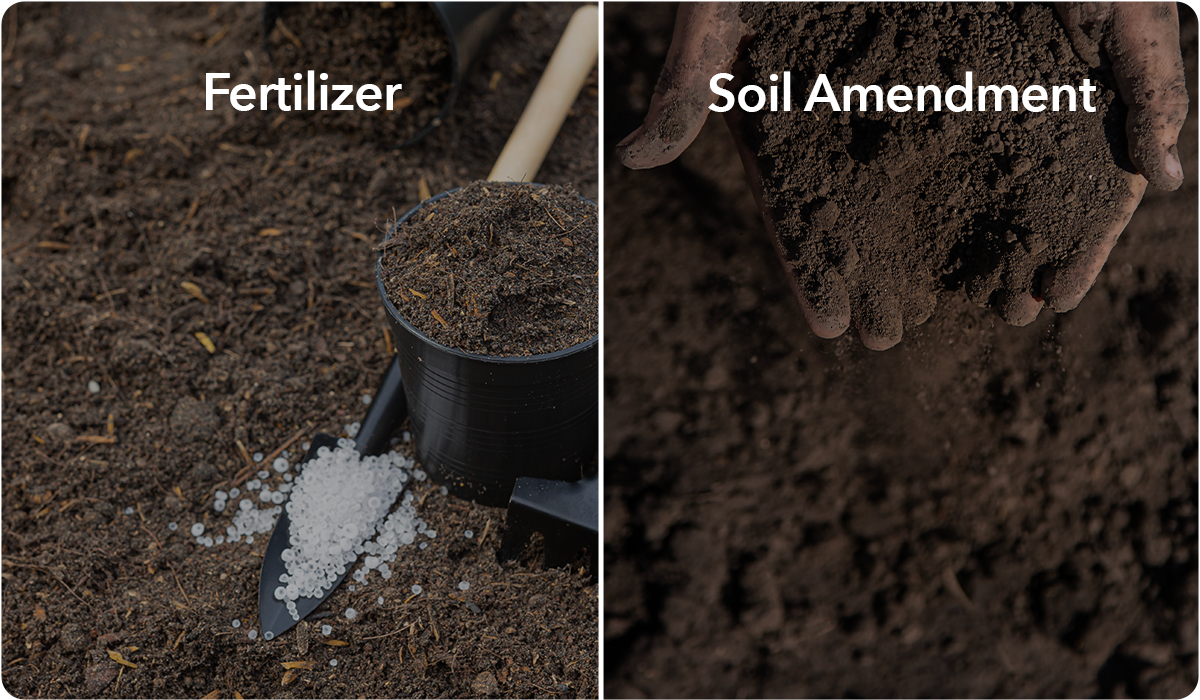
Soil amendments and fertilizers both help plants, but in different ways:
-
A soil amendment is a material that is added to soil that can improve its plant growing qualities. It can do this by helping it hold moisture, support the bacteria that are naturally found in the soil, and just keep the soil in its best shape possible.
-
A fertilizer directly feeds plants with fast-acting nutrients that gives your plants booster in bursts.
Recycled food waste, such as Foodilizer that is the output from a FoodCycler, create a slow-release soil amendment that support long-term soil health. It’s not a quick nutrient boost like traditional fertilizer, but it strengthens the soil, which in turn helps plants thrive over time.
Can You Replace Fertilizer with Soil Amendments?
While soil amendments and fertilizers serve different purposes, using recycled food waste can reduce how often you need to fertilize. That’s especially helpful for organic gardeners or anyone looking to limit synthetic inputs.
Soil amendments made from food waste improve your soil’s health over time. You may still want to fertilize occasionally, but you’ll rely on it less often, and your plants may grow better in the long run.
How to Use Recycled Food Waste as a Soil Amendment
Once your food waste has been processed, using it is simple. First, mix it directly with your garden soil and then you can use it for your plants, lawn or garden:
-
Sprinkle it on top of raised beds or lawns
-
Add small amounts to indoor potted plants
-
Combine it with compost or mulch as part of a regular soil care routine
A little goes a long way, especially if the material is concentrated or dried. Always follow guidelines based on the method or product you’re using.
Is It Safe to Recycle All Food Waste?
Not all food scraps are ideal for every recycling method. Here’s a quick guide:
-
Good for most methods: fruit and veggie peels, coffee grounds, grains, eggshells
-
Caution with traditional composting: dairy, meat, fish, greasy or oily foods (they can smell or attract pests)
-
Machine-friendly (like FoodCycler): some units can handle fruits and veggies as well as meat, small bones, and dairy – but check the manufacturers’ manual.
Always know what your system can handle for best results and safety.
Using FoodCycler to Recycle Food Waste

The FoodCycler is a compact kitchen appliance that simplifies food waste recycling at home. Just load your daily scraps, press a button, and a few hours later, you’ve got a dry, nutrient-rich soil amendment.
-
Reduces food waste volume by up to 90%
-
Odor-free and safe for indoor use
-
Backed by scientific and agricultural research and tested with real gardens
-
Produces Foodilizer™, a dry, nutrient-rich by-product ideal for use as a soil amendment for lawns, garden beds, and pots
It’s a convenient way to recycle food scraps without mess, smell, or bugs, especially for those without outdoor space.
How Food Waste Recycling Helps Close the Loop
Recycling food waste supports a more circular lifestyle at home, where resources are reused and repurposed for another use instead of wasted.
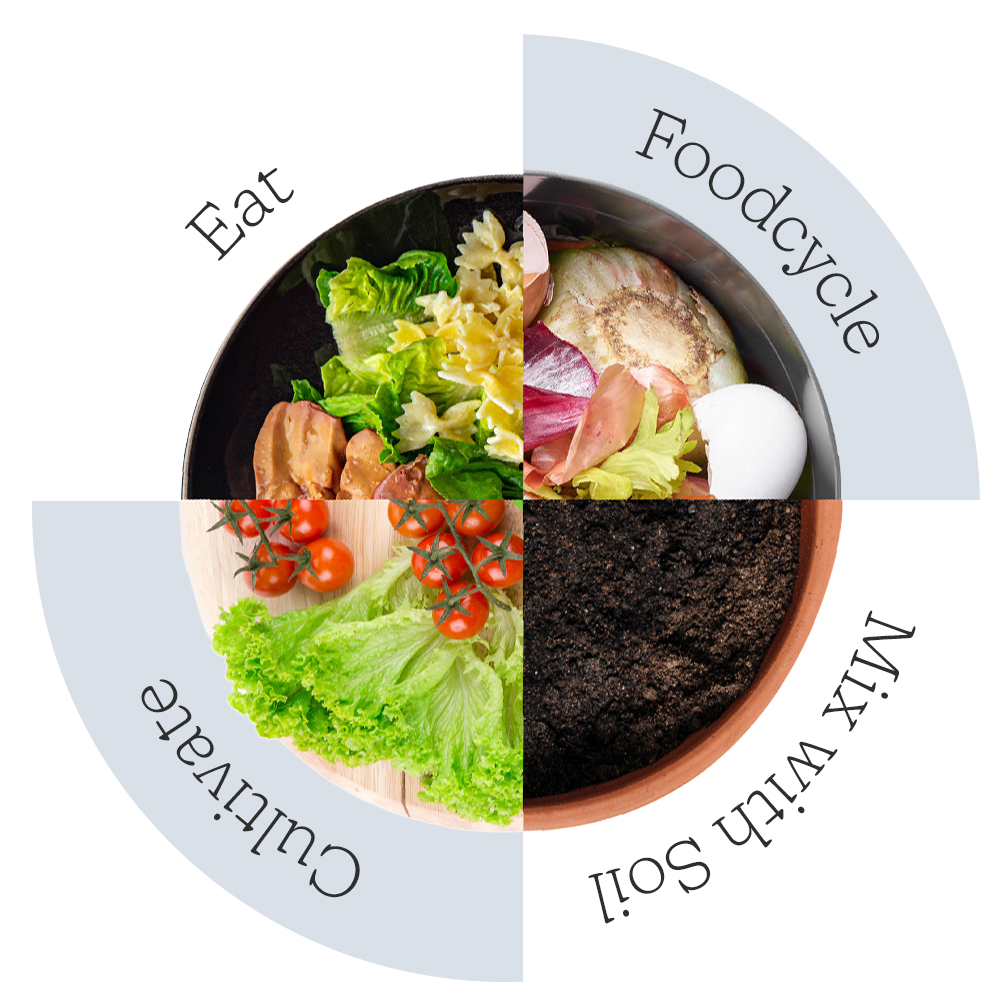
Turning scraps into a resource, especially with a FoodCycler where you make a soil-amendment, helps your city reduces its hauling costs, you reduce your need for synthetic fertilizers and reduces the need for a landfill. It’s a small action that leads to long-term benefits for your garden, your wallet, and the planet.
Conclusion
Food waste recycling is one of the easiest ways to make a positive impact from your own home. Whether you use a backyard bin, drop-off site, or countertop FoodCycler, your scraps don’t have to go to waste.
By making small changes to how we handle food waste, we can build healthier gardens, cleaner cities, and a more sustainable future, one banana peel at a time.

